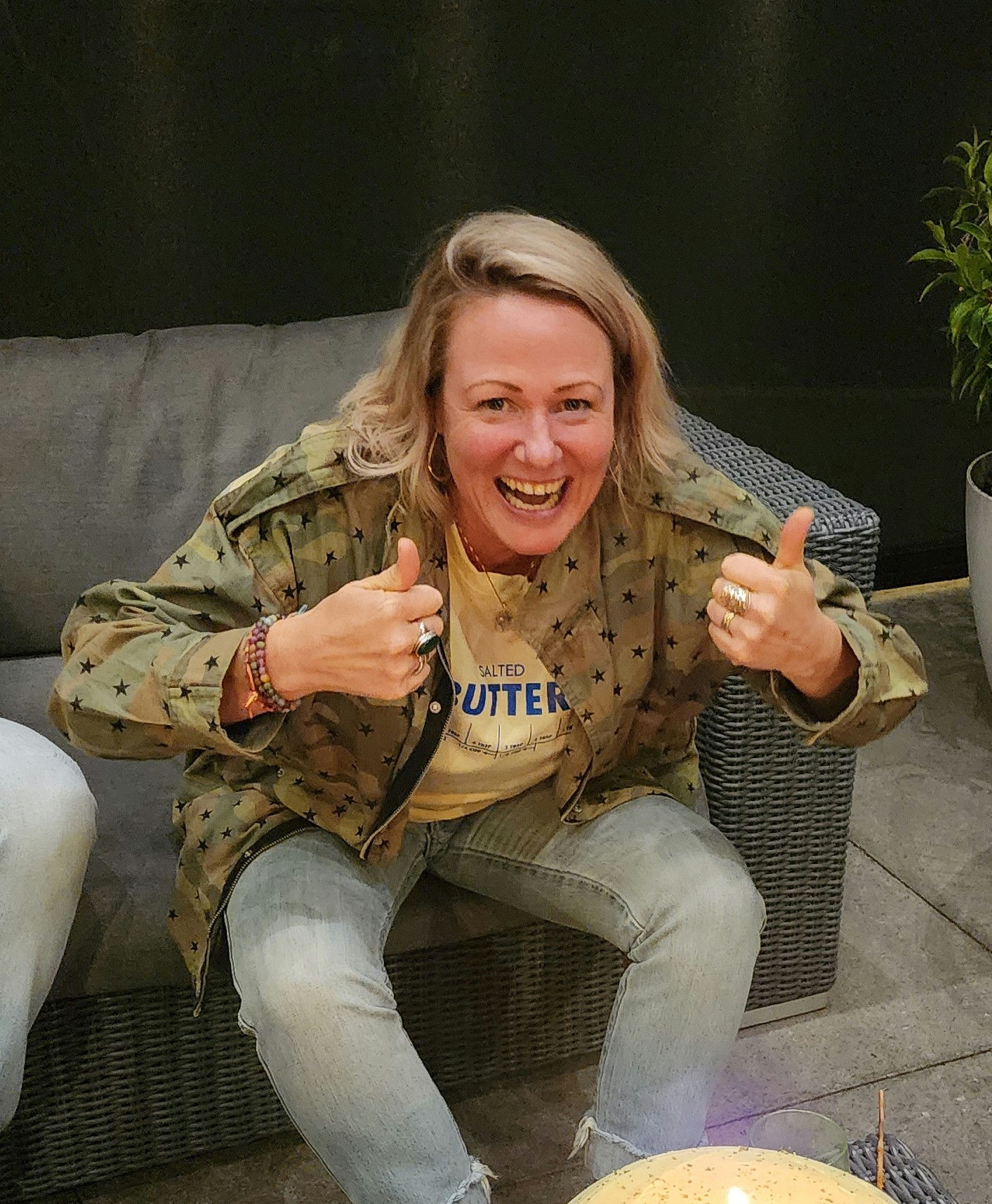How can I tell if my communication skills workshop design is actually working for participants?
- Carly (CJ) Shorter
- Jul 4
- 2 min read
Updated: Aug 15

How can you tell if your workshop design is actually working for participants? When it meets the needs of the participants, they are engaged and fully present in the session, and that aligns with the desired outcomes from the person/organisation paying for the training.
According to a comprehensive study published by the Public Library of Science (PLOS), effective workshop assessment requires collecting feedback at multiple touch points - within 2 days post-course to capture immediate reactions while material is fresh, plus follow-up surveys 4-6 months later to measure real-world application [1], while the Centers for Disease Control and Prevention emphasizes that training effectiveness should focus on factors that predict learning transfer rather than just learner satisfaction, as satisfaction doesn't determine actual training effectiveness [2].
Stop relying on those "How was it?" feedback forms that tell you nothing useful. Real workshop effectiveness shows up in three ways: what happens during the session, what participants say immediately after, and what they actually do weeks later back at work.
During your session, watch for energy levels. Are people leaning in or checking phones? Are they asking questions or sitting silent? Engagement is obvious when you know what to look for - participants actively discussing, taking notes without being told, and staying present instead of mentally checking out.
Post-session feedback needs to go beyond happy sheets. Ask specific questions: "What will you do differently on Monday?" and "Which part will you struggle most to implement?" These reveal whether your content connects to their real world.
But here's where most trainers stop - and where the real measurement begins. Follow up 30-60 days later. Are they actually using what you taught? Have their managers noticed changes? This is where you discover if your workshop design creates lasting impact or just temporary enthusiasm.
The best workshops change behaviour, not just minds. If participants aren't applying your content in their actual work, your design needs fixing, regardless of how much they enjoyed the experience.
Related Questions:
What's the difference between participant satisfaction and workshop effectiveness? Satisfaction measures how good the experience felt; effectiveness measures whether behaviour actually changed.
How long should I wait before measuring real workshop impact? Minimum 30 days, ideally 60-90 days to see if new behaviours stick in the workplace.
Should I ask managers for feedback about participant changes? Absolutely - managers often notice behavioural shifts that participants themselves don't recognise.
Source Links:



